Understanding the Journey of Caring for Children with Disabilities
Caring for children with disabilities requires a thoughtful blend of practical strategies, emotional resilience, and community support. This article offers comprehensive guidance rooted in best practices, tailored tips, and evidence-based resources designed to empower parents and caregivers. By focusing on children's unique strengths and fostering inclusive environments, caregivers can enhance development, well-being, and family harmony while balancing their own self-care needs.
Focusing on Strengths: Building a Child-Centered Approach
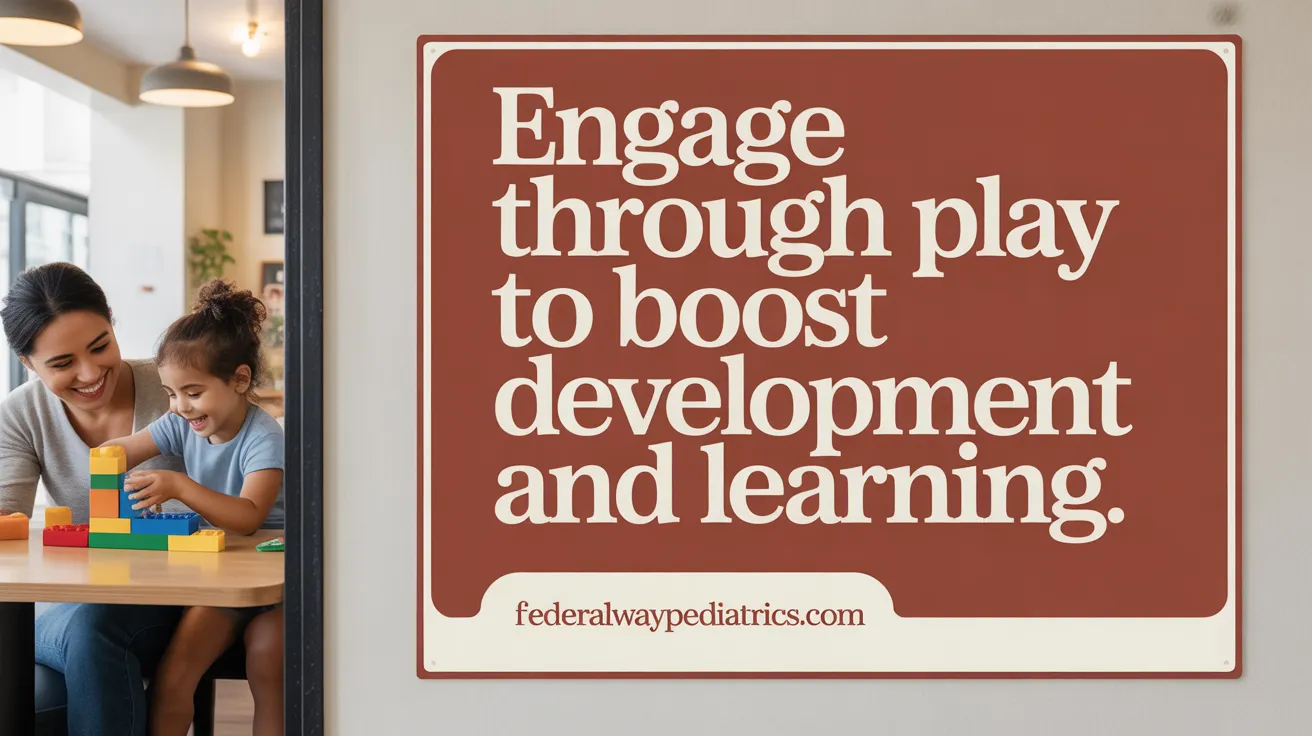
Why is it important to recognize children’s abilities rather than disabilities?
Focusing on what children can do—whether it's artwork, personality, or motor skills—shifts the perspective from limitations to strengths and potential. This approach empowers children, boosts their self-esteem, and encourages independence. When caregivers see children as capable and talented, they foster a positive environment conducive to growth.
How do person-centred approaches support children with disabilities?
Person-centred approaches emphasize understanding and respecting each child's individual preferences, strengths, and needs. These strategies involve tailoring activities, communication methods, and environments to match the child's unique profile. For example, using visual aids or sensory-friendly spaces helps children participate fully and develop a sense of control and confidence.
How can engaging children through meaningful interaction and play benefit development?
Interactions like talking, explaining actions, smiling, or playing stimulate brain development, especially during early childhood. Play activities tailored to the child's interests promote emotional, social, and cognitive skills. Children with disabilities often respond to play through laughter, smiling, or other non-verbal cues. Parents and caregivers should experiment with different activities to discover what brings joy and engagement.
Why is stimulating brain development in early years essential?
The early years are a critical window for brain growth. Experiences during this period—sounds, interactions, and activities—build neural connections that support lifelong learning and development. Enriching environments and responsive caregiving are especially beneficial for children with disabilities, promoting resilience and adaptability.
How can caregivers support children’s strengths and development?
Caregivers should observe and recognize each child's unique talents, such as art or social tendencies. Providing access to adaptive activities, assistive technology, and inclusive play environments fosters growth. Regular communication with healthcare providers helps develop personalized plans that leverage the child's strengths.
Additional Resources for Child-Centered Care
| Resource Type | Description | Examples |
|---|---|---|
| Support Programs | Offer family-centered support and advocacy | Families as Partners (FAP) at Children's Minnesota |
| Educational Resources | Inform about inclusive practices | Government and academic websites |
| Community Activities | Promote social engagement | Local playgroups, social skills groups |
| Professional Support | Tailored therapies and counseling | Speech, occupational, and behavioral therapies |
Questions & Tips for Parents
| Question | Tip |
|---|---|
| How can I take care of my child with special needs? | Focus on strengths, engage through meaningful interactions, develop individualized plans, and seek professional guidance. |
| How do I promote my child's development? | Offer adaptive activities, include family and community members, and provide consistent routines and positive reinforcement. |
Through embracing a child-centered approach that highlights abilities and promotes engagement, parents and caregivers can foster meaningful growth and happiness for children with disabilities.
Practical Strategies for Supporting Development and Well-Being
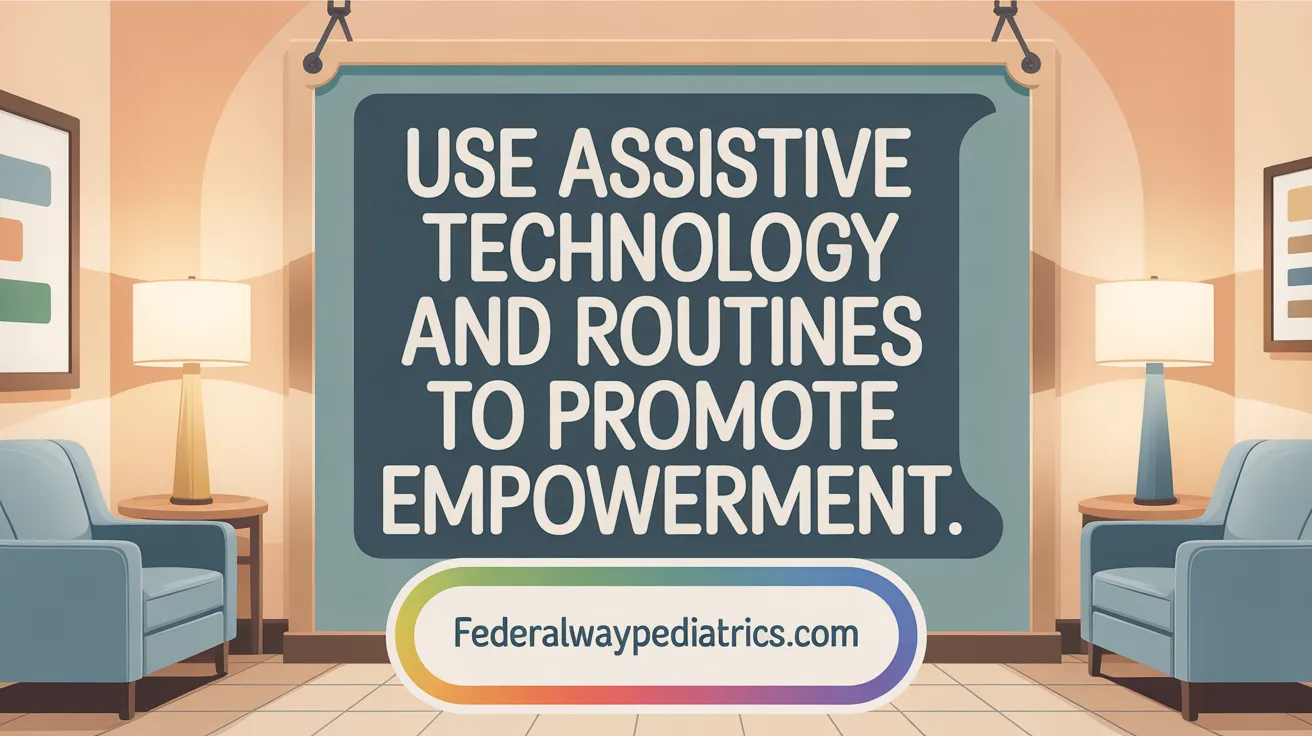
What are some practical strategies for supporting the development and well-being of children with physical disabilities?
Supporting children with physical disabilities means emphasizing their strengths and abilities instead of focusing solely on limitations. Engaging these children with tailored activities that stimulate their motor skills, senses, and social interactions promotes overall development.
Incorporating play and movement-based activities, such as adapted sports, music, or art projects, can enhance their physical skills while boosting confidence. It's crucial to create an inclusive environment that makes children feel loved, accepted, and involved in everyday experiences.
Early intervention plays a vital role. Accessing therapies such as occupational, physical, and speech therapy at the earliest opportunity supports skill development and independence. These therapies are often combined with individualized education plans (IEPs) that cater to each child's unique needs.
Assistive technology greatly benefits children with disabilities. Devices like wheelchairs, communication aids, or adapted utensils facilitate participation and self-care. Personalized care plans ensure that support is tailored to suit their specific sensory and communication preferences.
Establishing routines helps provide predictability and security. Consistent schedules for mealtimes, therapy sessions, and bedtime reduce anxiety and foster a sense of control.
Creating opportunities for social engagement, like inclusive playgroups or community activities, helps children develop friendships, social skills, and confidence. Families can advocate for accessible environments, asking for adaptations such as ramps, accessible bathrooms, and sensory-friendly spaces.
Educating caregivers and family members about the child's condition enables better support at home. Using visual aids or noise-canceling headphones can accommodate sensory sensitivities.
Finally, staying informed about available resources—like government programs, nonprofit support services, and advocacy organizations—help families access necessary services and financial support, such as SSI or Medicaid. Encouraging children to pursue hobbies, sports, or arts promotes self-esteem and personal growth, enriching their lives and fostering resilience.
Navigating Emotional Challenges: Support and Self-Care for Caregivers
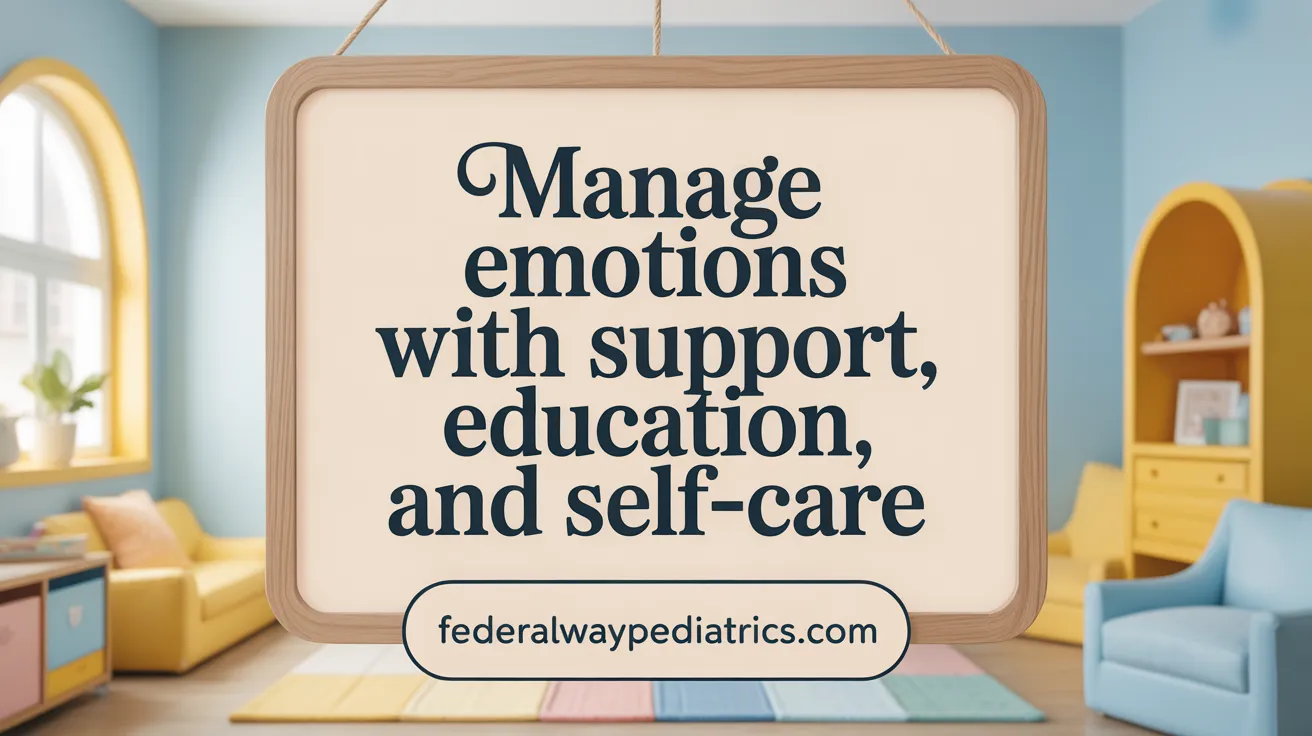
What types of emotional challenges do parents face when adjusting to having a child with a disability, and how can they cope?
Parents of children with disabilities often encounter a wide spectrum of emotional struggles. These can include feelings of grief, as they mourn the loss of the idealized future they envisioned. Denial and anger may also surface as they grapple with unexpected changes in family dynamics.
Guilt is common, especially when parents internalize their child's condition or compare their family to others. Depression and anxiety frequently follow, fueled by concerns over their child’s development, special needs, and the long-term outlook.
These emotions are natural parts of a complex process—moving through stages of grief and acceptance, often in cycles. Triggers such as milestones, unfamiliar routines, or new challenges can reignite intense feelings.
To manage these emotional waves, parents should seek support from trusted family members, friends, or support groups who understand their journey. Educating oneself about the child's disability can demystify the condition and reduce feelings of helplessness. Additionally, establishing daily routines, planning outings carefully, and accessing community and professional resources are practical strategies that provide stability.
Practicing mindfulness and self-compassion helps parents stay present and kind to themselves amid stress. Prioritizing self-care—such as regular exercise, adequate sleep, and hobbies—can bolster their resilience.
Understanding the emotional challenges involved is crucial. Normalizing these feelings and knowing they can seek help fosters resilience, enabling parents to better support their child while maintaining their own well-being. Recognizing their profound sense of responsibility and occasionally overwhelming emotions, parents can find pathways to acceptance and sustain their mental health.
Creating Inclusive Environments: Practical Adaptations and Social Inclusion
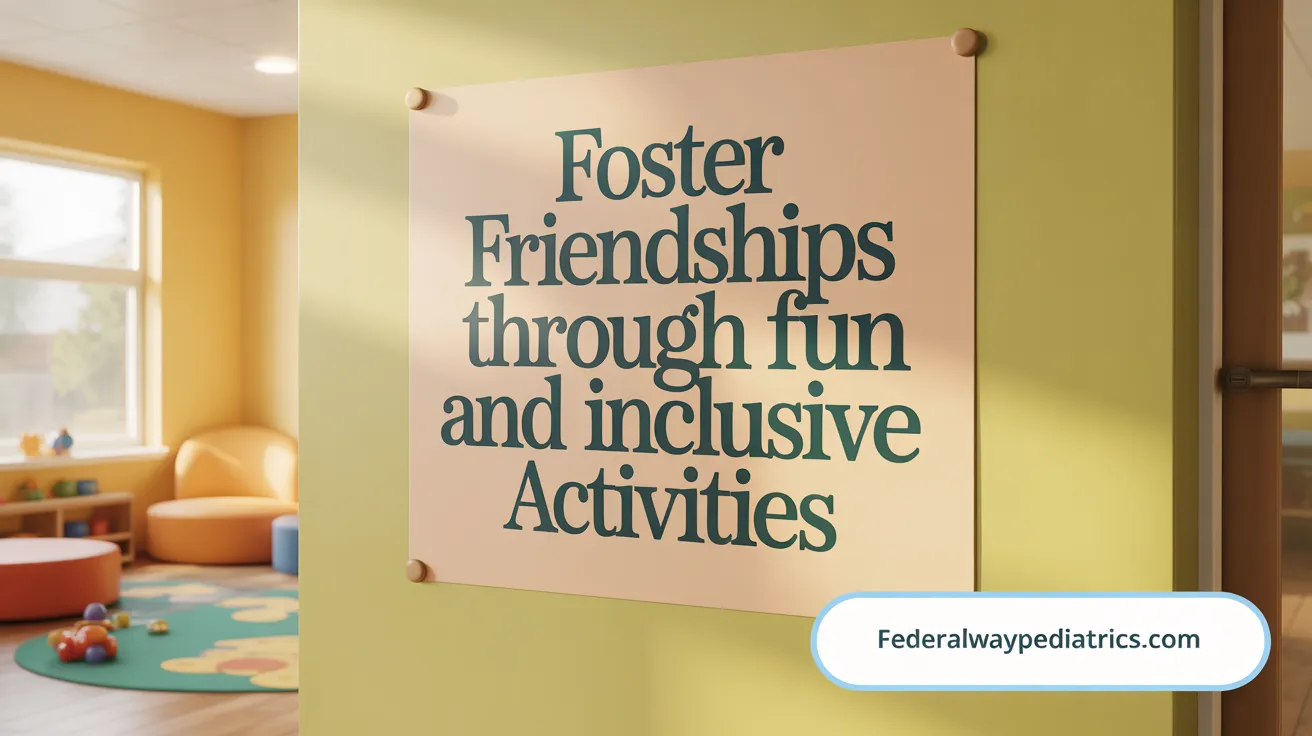
Why Is Inclusion and Respect Important?
Creating a welcoming environment where children with disabilities are included and respected benefits everyone. It fosters a sense of belonging, boosts self-esteem, and helps children develop social skills. When children are treated as equals and their strengths are recognized, they are more likely to engage actively and confidently in activities.
What Specific Adaptations Support Sensory Sensitivity and Accessibility?
Many children with disabilities have sensory sensitivities. Simple adaptations can make a big difference. For example, providing noise-canceling headphones helps children who are overwhelmed by loud sounds. Offering shaded areas protects light-sensitive children from bright lights.
Accessible features like ramps, elevators, accessible bathrooms, and designated parking spots ensure children with mobility issues can move comfortably and participate fully. Using visual aids, such as picture schedules or communication boards, supports children with communication challenges.
How Can We Encourage Social Participation and Friendships?
Organizing inclusive activities that consider individual needs helps children connect and build friendships. Activities like adapted sports, art projects, or storytimes are great for involving children of all abilities.
Parents and caregivers should continue inviting children with disabilities to join birthday parties, playdates, and community events. Regularly maintaining open invitations and accessible spaces encourages ongoing social interaction.
How to Educate Typical Peers About Disabilities?
Teaching children about differences promotes understanding and respect. Use age-appropriate language to explain that everyone has unique strengths and challenges.
Encouraging children to ask questions and express their curiosity helps dispel misconceptions. Activities like friendship groups or classroom discussions about diversity can foster empathy.
| Aspect | Strategies | Additional Details |
|---|---|---|
| Sensory sensitivities | Use headphones, shaded areas | Create quiet zones during activities |
| Accessibility | Ramps, visual aids | Ensure bathrooms and parking are accessible |
| Friendship building | Inclusive games, social stories | Use peer buddies and role-playing |
| Education | Open conversations, stories | Use books and media about inclusion |
Supporting an inclusive environment involves understanding individual needs, making appropriate adaptations, and promoting respectful social interactions. When children with disabilities feel welcomed and supported, they can thrive alongside their peers.
Effective Communication and Behavior Management
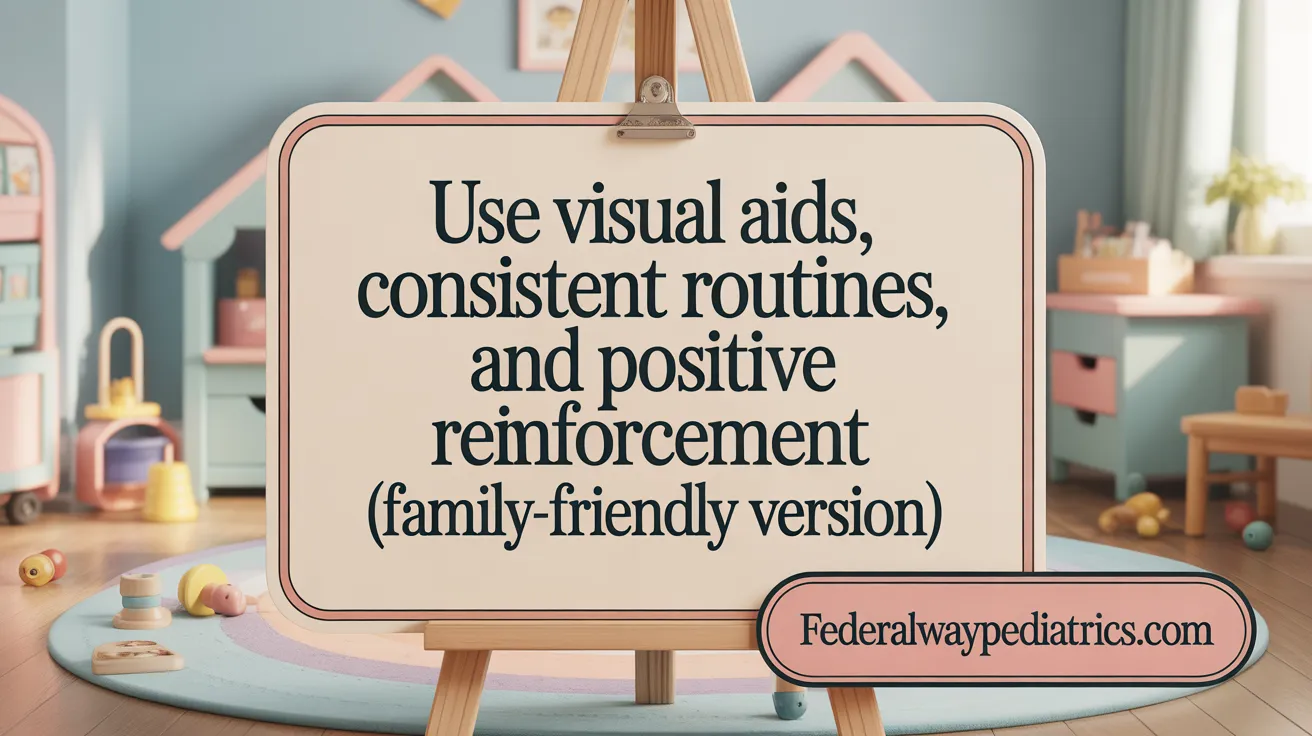
How can children with disabilities communicate beyond speech?
Children who have disabilities often use alternative ways to express themselves besides talking. Like newborns, they might smile, laugh, cry, or make upset faces to share how they feel or what they need. These non-verbal cues are important signals and should be understood as part of their communication.
Engaging with children through these expressions helps caregivers and teachers respond appropriately. Using visuals, gestures, and facial expressions can support their understanding and encourage more interaction. Recognizing and interpreting these signals is essential for fostering a trusting and supportive environment.
How can caregivers and educators establish clear communication and routines?
Creating a predictable environment is vital. Consistent routines for daily activities like mealtimes, play, and bedtime provide children with a sense of security.
Using visual aids such as pictures or schedules helps children understand expectations and transitions. Clear rules, combined with simple explanations and consistent consequences, help children learn boundaries and appropriate behaviors.
Individuals should adapt communication methods to each child's needs—some might benefit from visual cues or tactile signals. Open, honest communication about routines and expectations advances cooperation and minimizes frustration.
What are effective behavior management techniques?
Supporting children in managing their behaviors involves understanding their triggers and applying positive reinforcement strategies. Celebrating small successes with praise builds confidence and encourages good behavior.
Visual tools like social stories or visual schedules can prepare children for upcoming activities and reduce anxiety. Using calming techniques, such as deep breathing or quiet spaces, can help children overactivated or overwhelmed.
Setting boundaries is also crucial. Clearly communicated rules and consistent consequences guide children towards acceptable behaviors and help them feel secure.
How can caregivers work together with teachers and support teams?
Collaboration is essential for creating a cohesive support system. Sharing insights about a child's preferences, strengths, and challenges ensures consistency across home and school environments.
Developing and regularly reviewing personalized plans like IEPs or 504 plans allows for tailored interventions and accommodations. Regular meetings with teachers, specialists, and family members facilitate updates and adjustments.
Open communication channels, asking questions, and offering feedback promote a unified approach. This teamwork ensures that children receive the most effective strategies to support their development.
| Aspect | Strategies | Focus Area |
|---|---|---|
| Communication | Use visual aids, gestures, facial expressions | Beyond speech |
| Routine | Establish consistent routines, visuals, and clear rules | Predictability |
| Behaviors | Positive reinforcement, calming techniques, visual supports | Behavior management |
| Collaboration | Share information, develop personalized plans, regular meetings | Caregiver-educator teamwork |
By understanding and implementing these approaches, adults can create a nurturing and effective environment where children with disabilities feel supported and capable of reaching their full potential.
Building Strong Support Networks and Advocacy
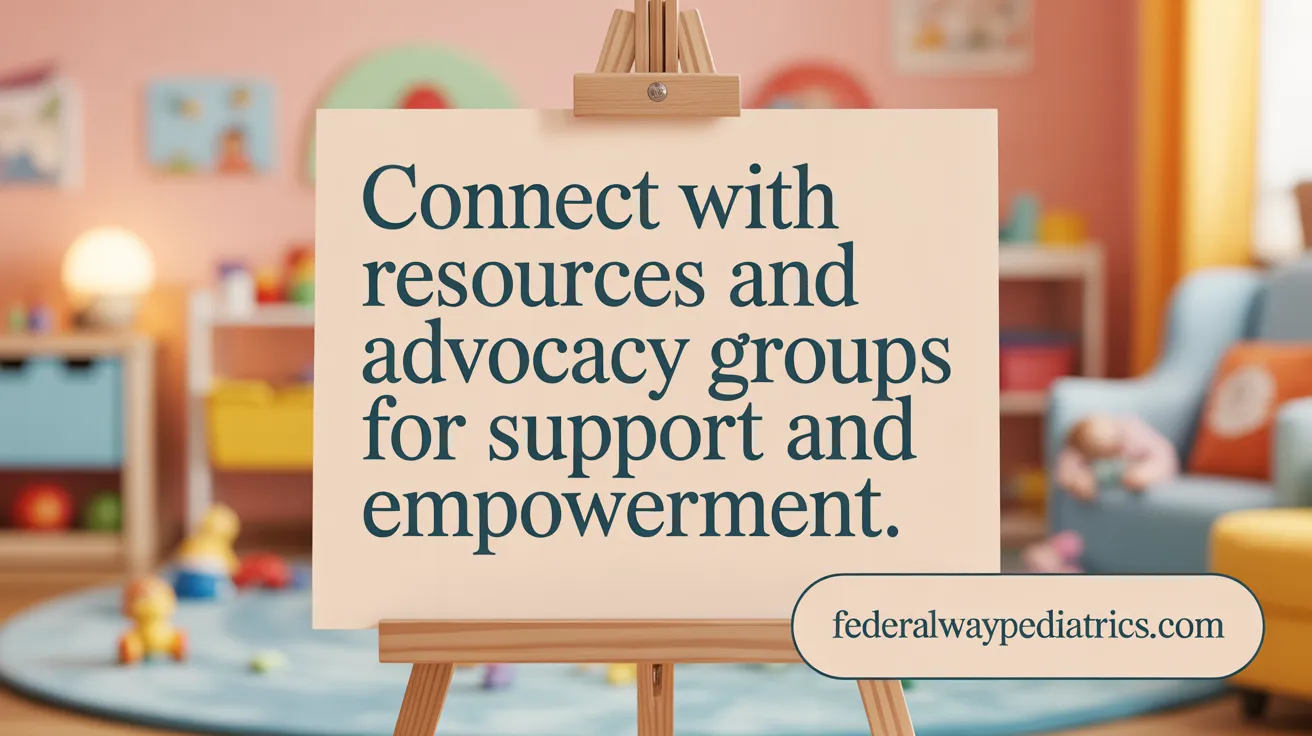
What support systems and resources are available to assist parents and caregivers of children with special needs?
Parents and caregivers of children with disabilities do not have to navigate their journey alone. There are many support systems and resources designed to provide essential assistance, guidance, and community connection.
Organizations such as Parent to Parent USA offer valuable tools, resources, and support networks that connect families, allowing them to share experiences and learn from others facing similar challenges. These connections can help caregivers feel less isolated and more empowered.
Legislation plays a crucial role in supporting children with disabilities. The Individuals with Disabilities Education Act (IDEA) guarantees access to free appropriate public education and early intervention services for children from birth to age 21. This ensures that children receive services tailored to their needs, fostering their development.
Financial assistance programs like Supplemental Security Income (SSI) can provide crucial financial support to families. Regional resources through state and community organizations, including Family Resource Centers, are also instrumental in offering tailored assistance, respite care, and informational support.
Specialized advocacy and support groups further enhance access to information and emotional backing. For instance, the Autism Society offers community, education, and advocacy tailored specifically to families affected by autism. Many online platforms and local groups serve as outlets for sharing resources, advice, and encouragement.
By tapping into these diverse resources, families can build resilient support networks that promote the well-being and development of their children while also maintaining caregiver health and morale.
| Resource Type | Examples | Purpose | Additional Details |
|---|---|---|---|
| Support Organizations | Parent to Parent USA, Autism Society | Peer support, resources | Connect families, share experiences |
| Legal & Educational Laws | IDEA | Educational rights | Ensures access to services |
| Financial Assistance | SSI | Monetary aid | Provides financial relief |
| Regional & Community Resources | Family Resource Centers | Local support | Respite care and guidance |
| Advocacy & Online Support | Online forums, local groups | Emotional support, advocacy | Share experiences and learn |
Access to these resources helps create a comprehensive support system that addresses the diverse needs of children with disabilities and their families, promoting inclusion, independence, and family resilience.
Addressing Common Caregiving Challenges: Practical Advice
What are common struggles experienced by parents of children with special needs, and what advice can help them navigate these challenges?
Parents caring for children with disabilities often encounter a variety of difficulties that can feel overwhelming.
Financial stress is a common issue, as medical expenses, therapy costs, and specialized equipment can quickly add up. Seeking support from government programs like Alberta’s Family Support for Children with Disabilities (FSCD) can help alleviate some of these financial burdens.
Emotional stress and feelings of isolation are also prevalent. The journey can be emotionally taxing, with worries about the child's future, exhaustion from caregiving responsibilities, and sometimes grief over unmet expectations. Connecting with support groups, such as local caregiver networks or national organizations, provides emotional comfort and practical advice.
Logistical challenges include accessing appropriate services, transportation issues, and managing complex schedules. Creating predictable routines helps children feel secure and allows parents to organize daily activities effectively. Using visual aids or assistive technology can support communication and behavioral management.
Sensory and behavioral difficulties, like sensitivities to sounds or light, can lead to stress and outbursts. Strategies such as using noise-canceling headphones, creating calm environments, and employing calming techniques like deep breathing are beneficial.
Balancing caregiving with personal and family needs requires planning and support. Regular self-care—such as exercising, maintaining healthy eating habits, and getting sufficient sleep—maintains parent well-being. Establishing a support network of family, friends, and professionals offers practical help and emotional reassurance.
Fostering community understanding and acceptance is vital. Educating others about children with disabilities, advocating for inclusion in activities, and respecting individual needs promote a more supportive environment.
To navigate these struggles effectively, parents should seek information from credible sources, stay connected with healthcare providers, and advocate for their child's rights and needs. Proactive planning, openness to community resources, and ongoing self-care create a foundation that helps families not only cope but also thrive despite their challenges.
Promoting Holistic Health: Physical, Emotional, and Therapeutic Activities
Importance of Physical Exercise and Adapted Activities
Engaging children with disabilities in physical activities is essential for their overall health and well-being. Activities such as swimming, adapted yoga, or gentle stretching can improve physical strength, coordination, and emotional regulation. These exercises also promote better sleep and reduce anxiety.
Therapeutic Value of Arts and Calming Environments
Art serves as a powerful tool for children to express emotions and manage feelings. Creating artwork can be therapeutic, helping children deal with frustration or overwhelm. Digitizing their artwork allows families to cherish these memories.
A calming environment is crucial for children who become easily overwhelmed. Incorporating soft blankets, gentle music, and sensory-friendly items helps children relax. Teaching relaxation techniques like deep breathing can also assist children in managing stress or sensory overload.
Managing Screen Time and Fostering Hobbies
Balancing screen time is vital to reduce anxiety and encourage engagement with the real world. Establishing boundaries helps children develop healthier habits.
Supporting hobbies like stamp collecting or playing musical instruments can boost self-esteem and skill development. Family activities that are accessible foster a sense of belonging and connection.
Nutrition, Sleep, and Maintaining a Safe Home Environment
Proper nutrition provides children with the energy needed for daily activities and supports growth. Prioritizing balanced meals promotes physical and brain development.
Ensuring adequate sleep is vital for mood stability, immune health, and daily energy. Establishing predictable routines for bedtime and mealtimes helps children feel secure.
Creating a safe, accessible home environment is fundamental. Installing safety gates, ramps, handrails, and sensory-friendly adaptations ensures children can explore and grow safely. These steps, combined with consistent routines, support children's development and independence.
Embracing Empowerment and Support in Caring for Children with Disabilities
Effective care for children with disabilities involves embracing their strengths, fostering inclusive environments, and utilizing practical strategies tailored to individual needs. Equally important is the caregiver’s emotional well-being, supported by strong networks and self-care practices. By advocating for their children’s rights and staying informed, parents and caregivers can navigate challenges with resilience and confidence. Together, families and communities can build nurturing spaces where children with disabilities thrive and flourish, enriching lives and honoring each child’s unique potential.
References
- Caring for children with disabilities: Mini Parenting Master Class
- Parenting a Child with a Disability - HelpGuide.org
- Tips for including kids with developmental disabilities
- Unwind and Thrive: Self-Care Strategies for Children with Disabilities
- 11 Self-Care Tips for Parents of Special Needs Children
- Top 5 Caregiver Support Tips for Raising a Special-Needs Child
- Care Tips for Children with Developmental Disabilities - Integrity, Inc.
